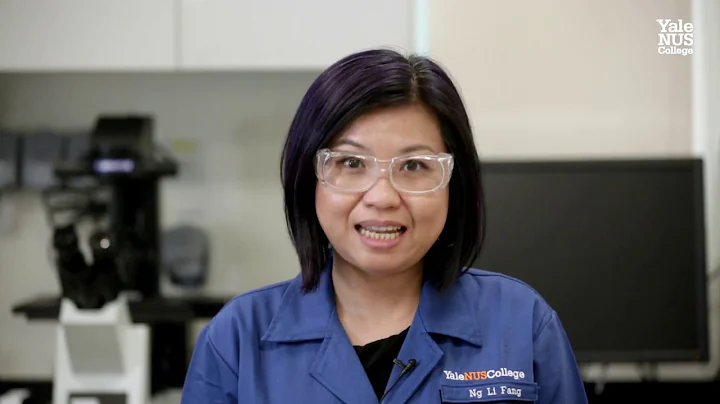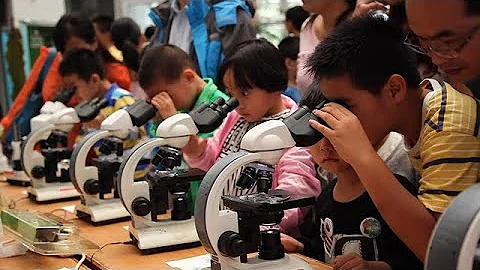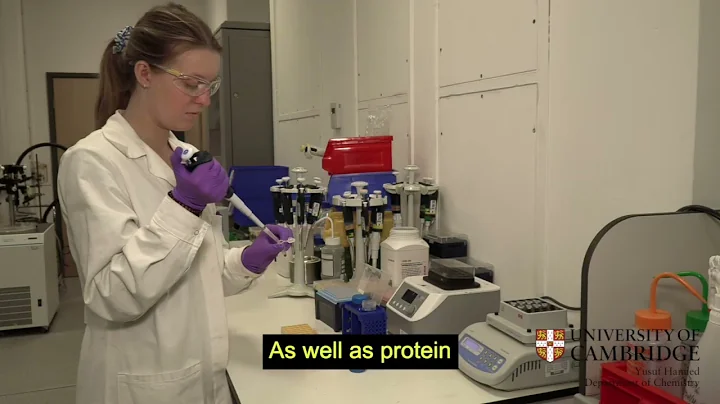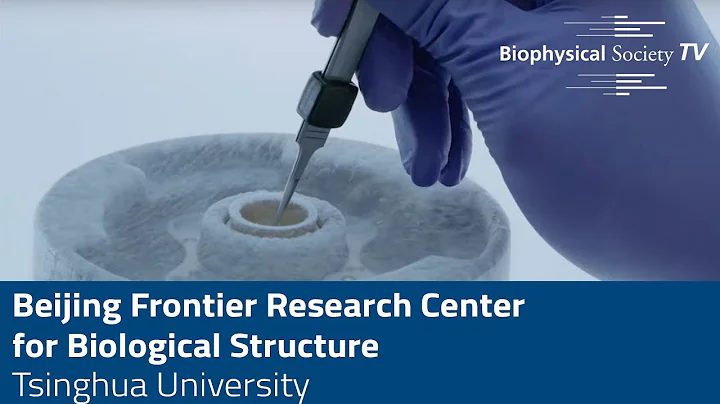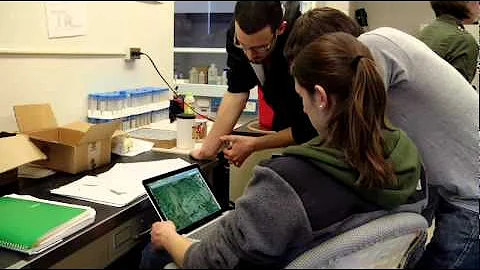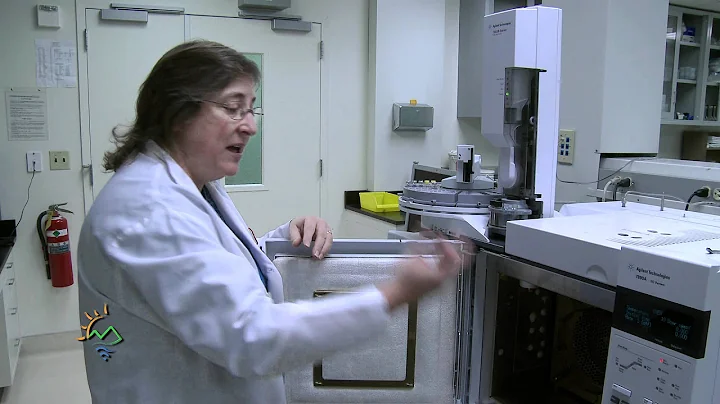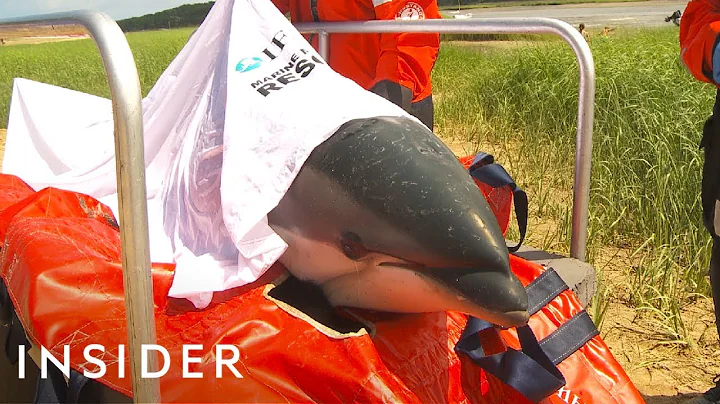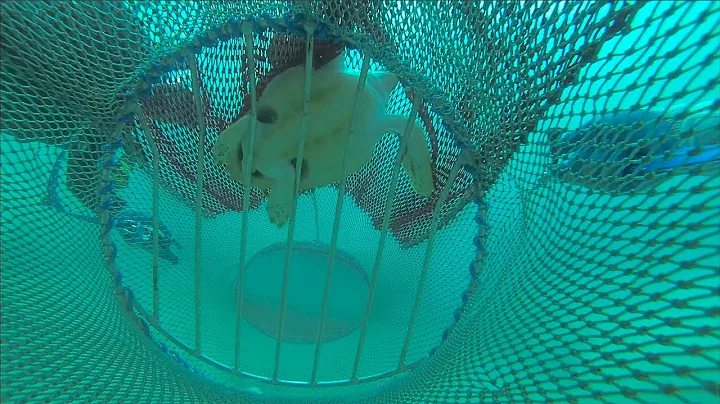The State Key Laboratory of Environmental Chemistry and Ecotoxicology, Center for Ecological Environment, Chinese Academy of Sciences, has cooperated with Shandong First Medical University, Beijing Jishuitan Hospital and other units to make progress in penetrating biological barriers and toxic effects of atmospheric fine particles. Relevant research results were published in The Proceedings of the National Academy of Sciences (Qi, et al. PNAS.2022), Nano Today (Qi, et al.Nano Today.2022), Antioxidants (Yan, et al.Antioxidants.2022) and Journal of Controlled Release (Yan, et al.J Control Release.2022).
At present, the health effects of atmospheric particulate matter pollution have received widespread attention. Respiratory exposure can cause fine particles to enter the lungs and cross the air-blood barrier into the blood circulation; particles entering the blood circulation can be distributed to different organs and tissues along with the blood circulation. However, at this stage, little is known about the tissue targets of particulate matter, especially when it crosses biological barriers. To this end, through collaborative research and using techniques such as spherical aberration-corrected transmission electron microscopy and high-magnification transmission electron microscopy characterization, researchers found that there were exogenous particulate matter in cerebrospinal fluid samples of patients with brain diseases. Through morphology, particle size and chemistry, Comparison of compositions, etc., identified particulate matter that has not been reported before, such as malayaite and titanium dioxide (anatase), and identified particulate matter that has been reported in other tissues and organs, such as iron-containing and silicon-containing particles. and calcium-containing particulate matter. The research team further used animal models for verification, and with the help of isotope tracer technology, they confirmed that fine particles exposed by breathing can penetrate the air-blood barrier and enter the blood circulation, and are eventually transmitted to the brain tissue, while damaging the blood-brain barrier. The in vitro blood-brain barrier (BBB) model further verified the above findings. Isotope labeling results show that the residence time of fine particles in brain tissue is longer than that of other organs such as the liver and spleen, suggesting long-term chronic health hazards to the nervous system . The above research results were published in PNAS (Qi, et al. PNAS. 2022).
researchers also used clinical resources, experimental animal models, etc. to discover the distribution of atmospheric particulate matter in bone and joints. This study provides evidence for long-term exposure to atmospheric particulate matter and the occurrence of bone and joint degenerative diseases. Related research was published in Nano Today (Qi, et al. Nano Today. 2022). In addition, the team found that atmospheric aging significantly affects the toxic effects of particulate matter; the team also made progress in the transformation toxicology of luminescent nanoparticles. Relevant results were published in Antioxidants (Yan, et al.Antioxidants.2022) and JCR (Yan, et al. J Control Release.2022).
This research was supported by National Natural Science Foundation , the Ministry of Science and Technology and Chinese Academy of Sciences related projects.

Figure 1. Schematic diagram of the overall experimental design of the study (a) and the path of exogenous fine particles entering the brain through respiratory exposure (b)

Figure 2. Schematic diagram of the invasion of joints and surrounding tissues by fine particles exposed through breathing
Source: China Ecological Environment Research Center of the Academy of Sciences
